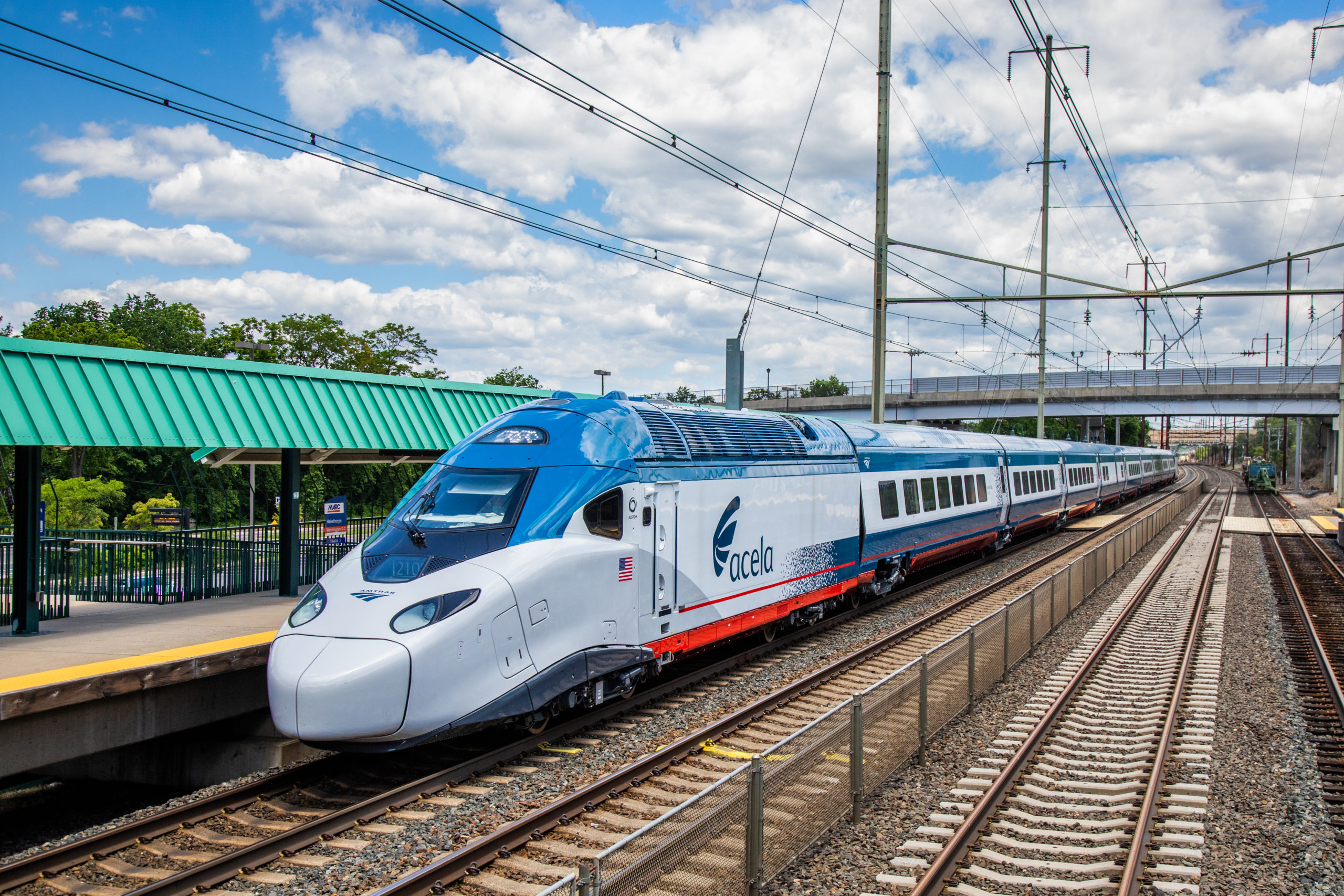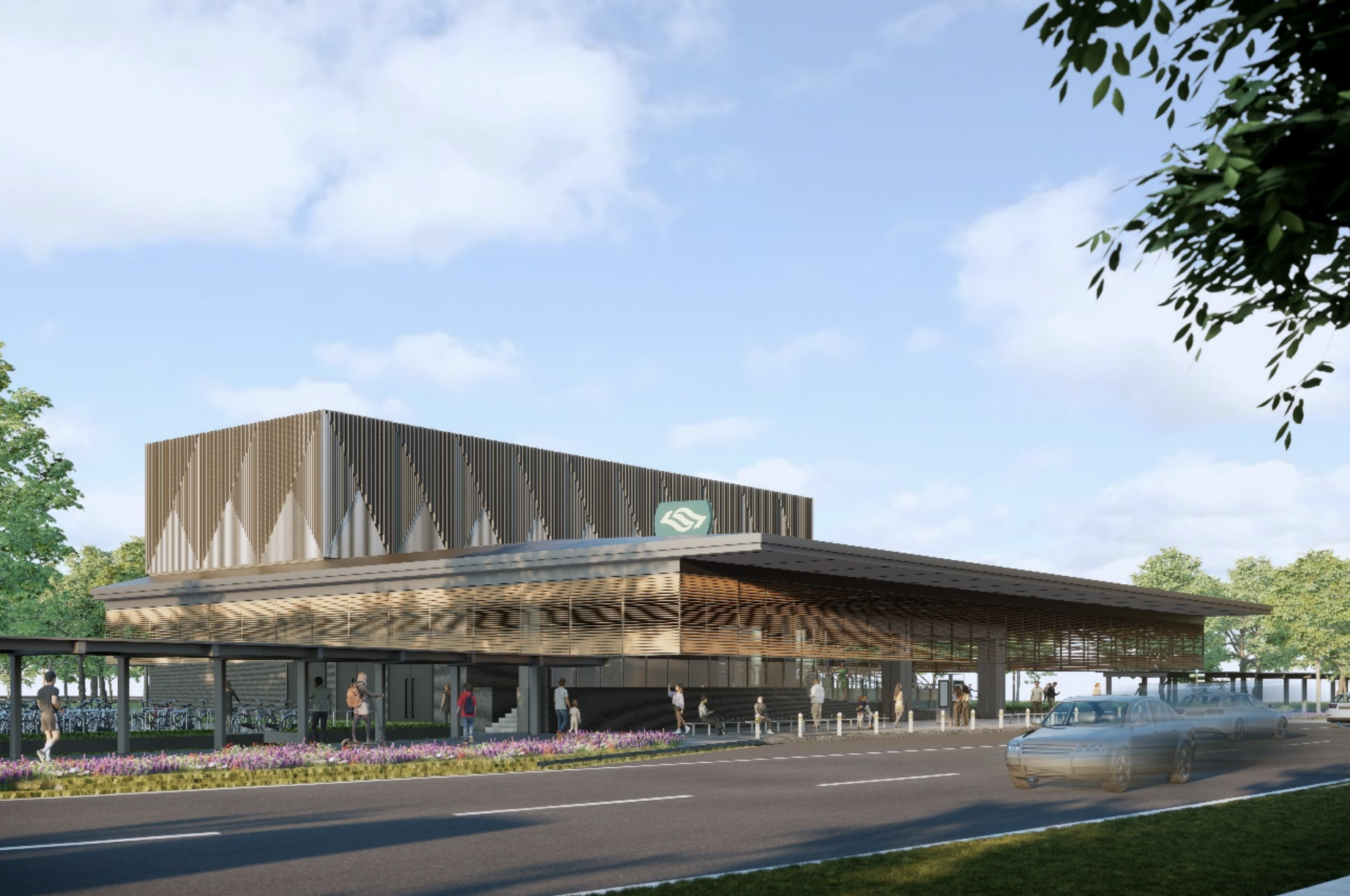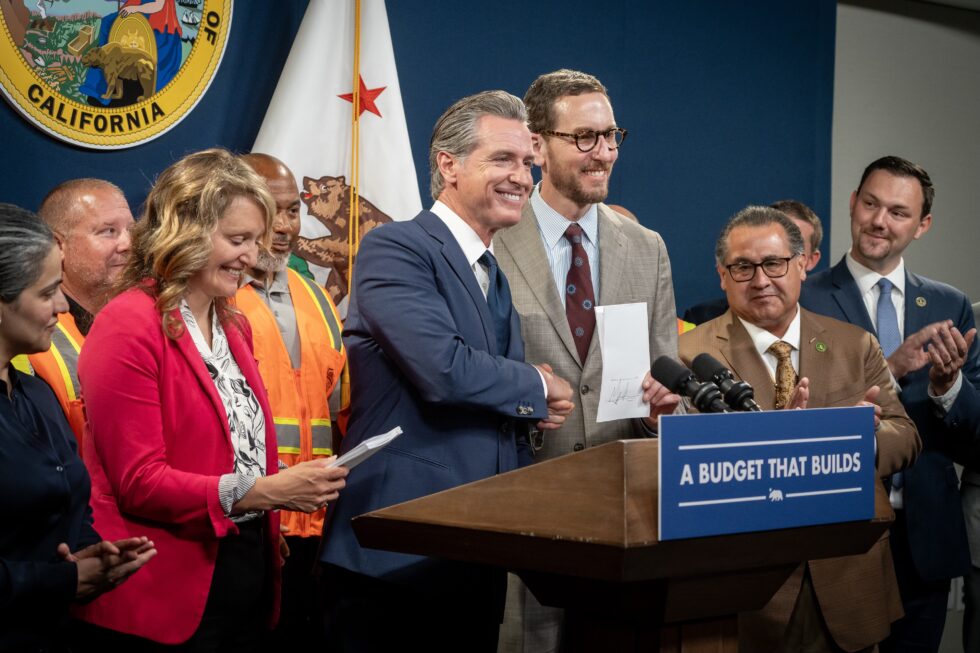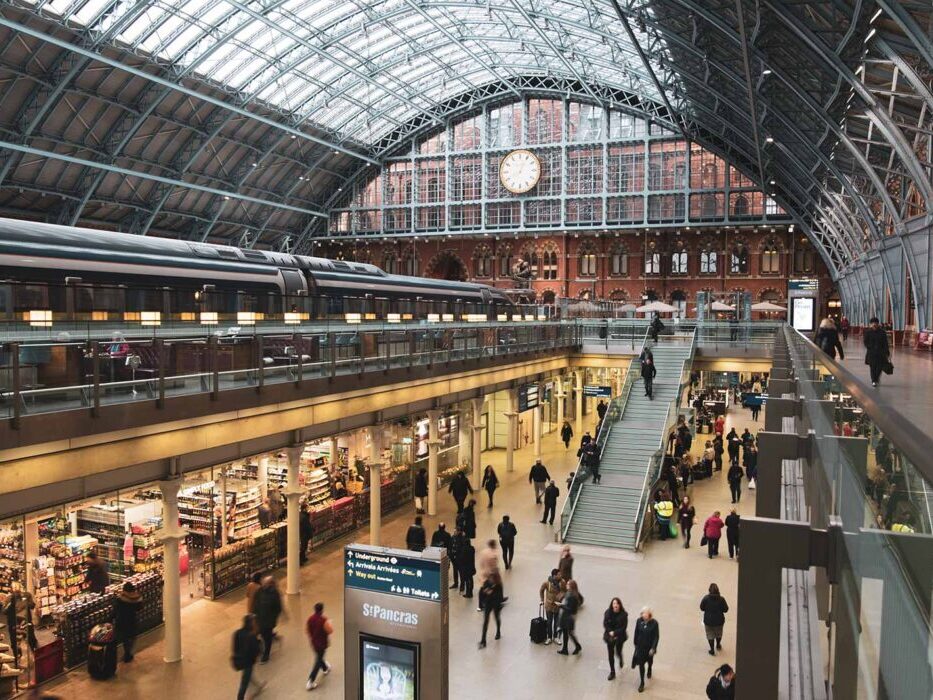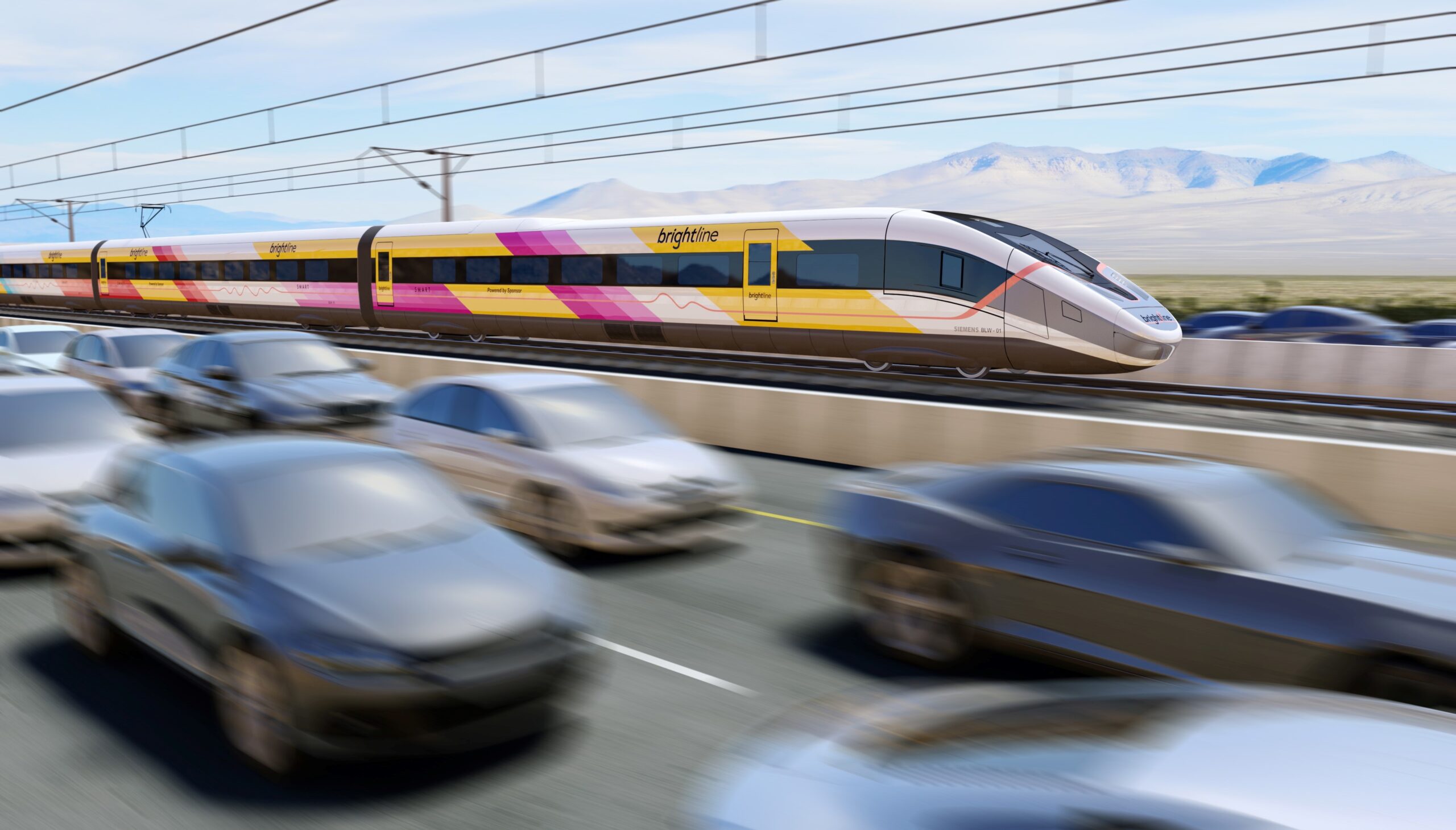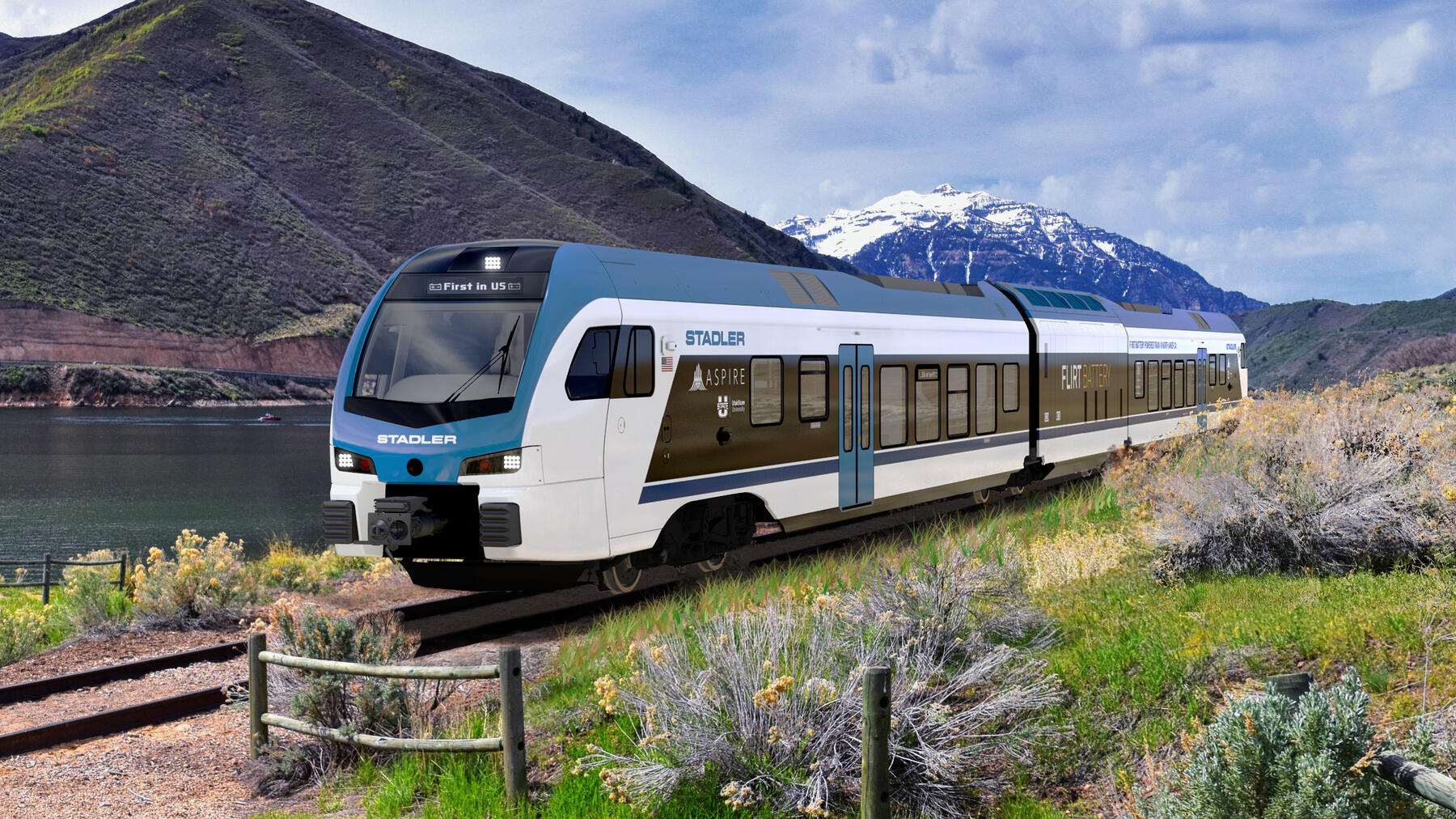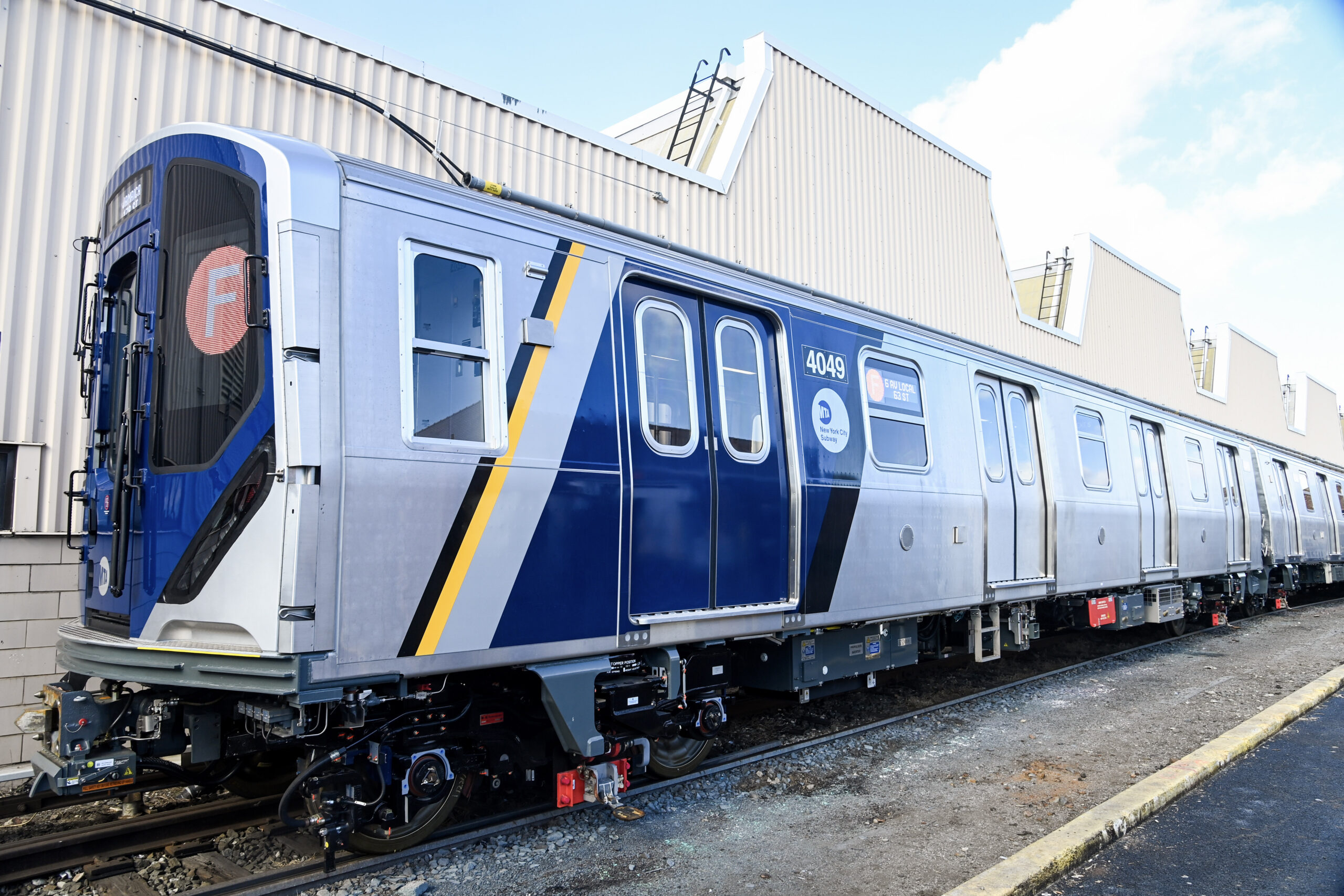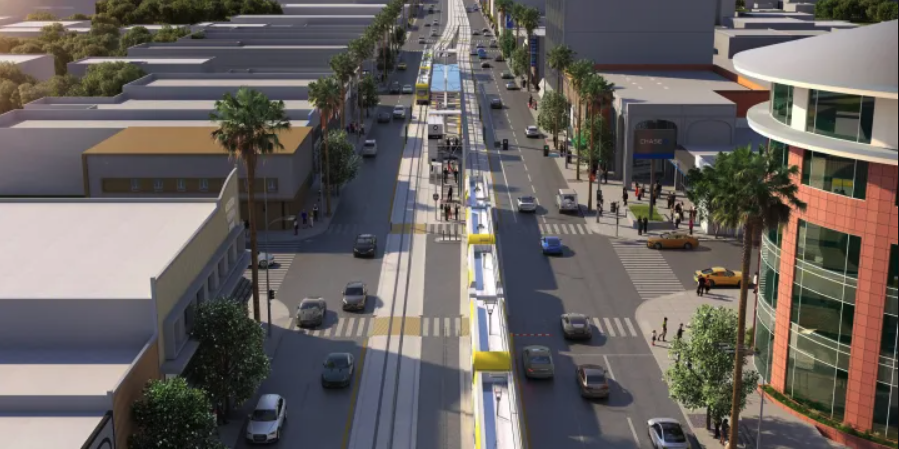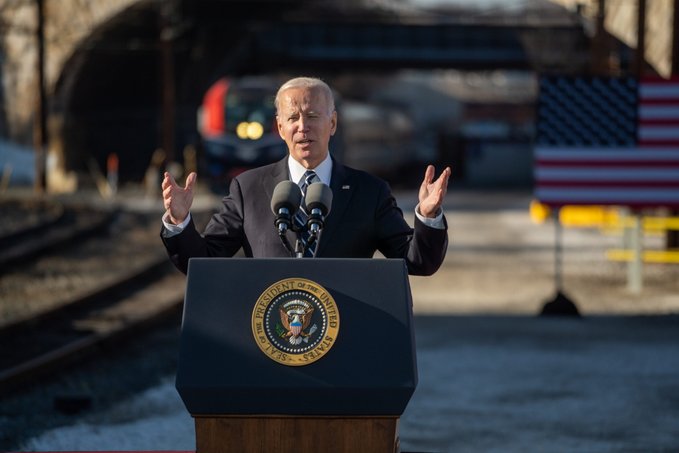The US could benefit immensely from investment in high-speed rail connections as an effective and sustainable mode of transport.
On 21 February, CoMotion LIVE hosted a webinar entitled ‘The Future of High Speed Rail in the US: Why the Hold Up?’ Throughout this discussion, representatives from the California High-Speed Rail Authority, Amtrak, Brightline and the National Association of Railroad Passengers explored the need to improve passenger rail services in the US through the introduction of high-speed services.
The Amtrak Acela service is currently the fastest passenger train operating in the US, travelling at speeds of up to 150 miles per hour on select sections of the Northeast Corridor.
According to Amtrak’s President, Roger Harris, this service has had a significant impact on attracting rail passengers. Prior to its launch in 2000, business travellers typically relied on air travel to make trips between cities such as Boston and New York. However, over the last 20 years, the Acela has made significant inroads on shifting these transport habits and Amtrak has now gained a 75% market share of business travel within the Northeast Corridor.
This impact demonstrates that high-speed rail has the potential to attract passengers for journeys that are too far to drive, but too short to justify a flight.
Due to the challenges of decarbonising the aviation sector, this shift would offer huge environmental benefits, and could present the US with opportunities similar to those leveraged in countries such as France, which is stopping domestic short-haul flights on routes with feasible rail alternatives in order to significantly reduce transport emissions.
The Passenger Experience
In addition to the environmental benefits, Jim Mathews, President and CEO of the National Association of Railroad Passengers, stressed that the demand for high-speed rail services is prominent due to the appeal of improved convenience and flexibility for passengers.
However, Mathews argued that in order to build upon and expand this support, it was also critical to focus on improving current rail services. This could help convince more automobile drivers to travel by train and thus see the appeal of expanding the network.
Working to attract such customers through a positive passenger experience is a key priority for Brightline, which operates intercity passenger rail services in Florida, and is preparing to construct a second network between Las Vegas and Southern California. Unlike in Europe, where stations may be operated by a different company to the train operator, Brightline takes care of the entire travel system, from booking the ticket in advance to finding last mile transport upon arrival.
During the CoMotion webinar, Ali Soule, VP Community Relations at Brightline argued that this hospitality-focused approach made travelling by train more enjoyable and less stressful than driving a car and therefore helped the service to gain and retain passengers.
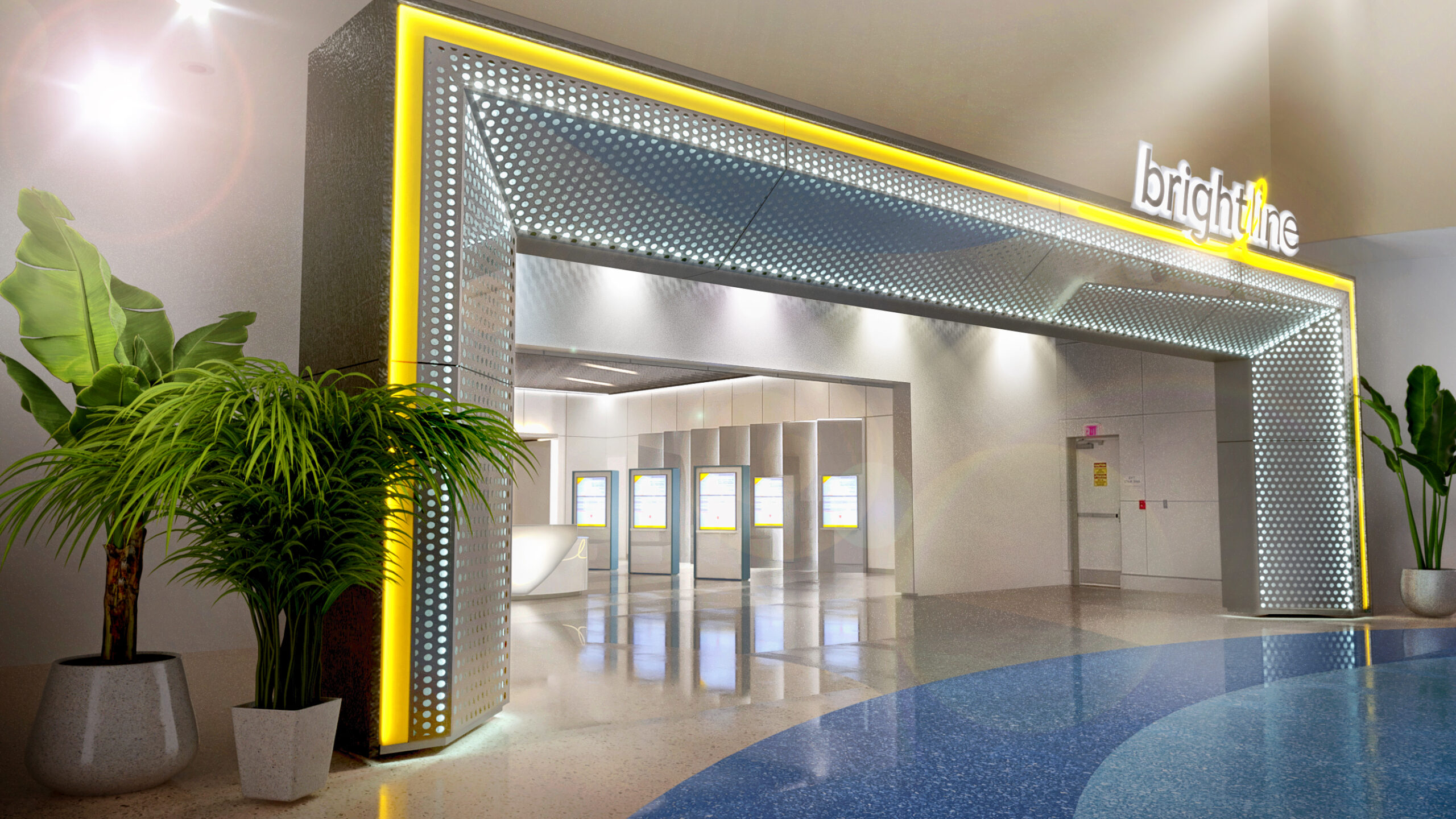
To further ensure a positive passenger experience, operators must be able to deliver reliable and efficient transportation. Amtrak President Roger Harris therefore stressed the importance of investing in existing infrastructure to upgrade it to high-speed standards. Such upgrades will allow Amtrak to provide faster and more reliable services at a significantly reduced cost compared to constructing an entirely new high-speed rail network.
Record funding from the Bipartisan Infrastructure Law is helping to deliver these crucial improvements, with projects such as the B&P Tunnel Replacement and the replacement of the Susquehanna River Rail Bridge now underway. This work will increase service reliability, capacity and speed on current pinch points along the Northeast Corridor.
The Cost of High-Speed Rail
Despite the benefits of investing in the country’s railway, many Americans object to expensive rail projects, and view such funding as an undesirable use of tax dollars. In particular, the California High-Speed Rail project, which will be the nation’s first network to operate trains at speeds of up to 220mph, is estimated to have a total projected cost of 105 billion USD, which has sparked controversy.
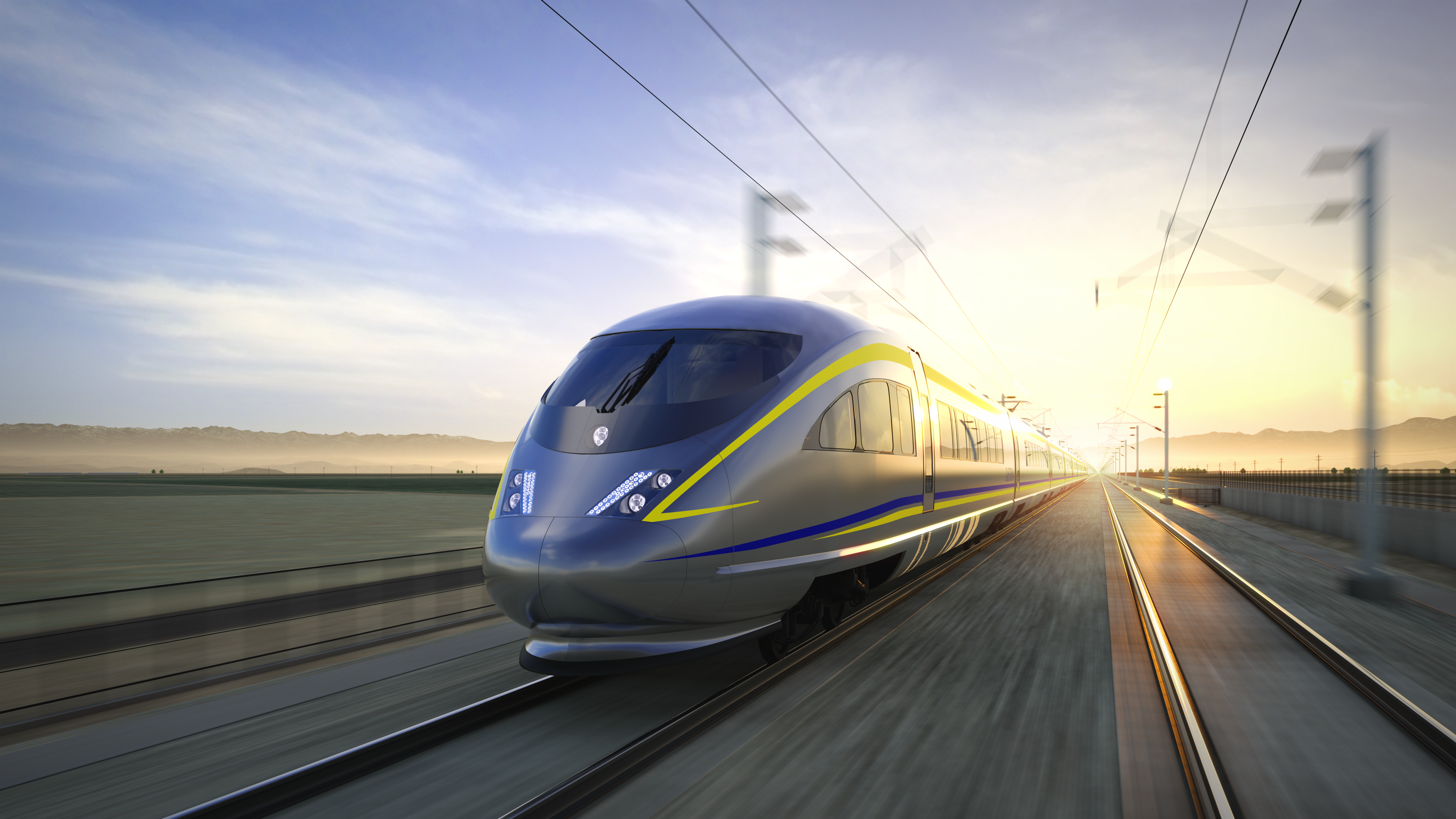
In response to these objections, Melissa Figueroa, Chief of Strategic Communications for the California High-Speed Rail Authority argued that equivalent projects to expand highways or airport runways to meet the same capacity demands would cost twice as much and deliver none of the greenhouse gas emission benefits.
Melissa Figueroa, Chief of Strategic Communications, California High-Speed Rail Authority said:You have to put the benefits and the cost in the same boat. What we're building is expensive, but it is absolutely worth it if we want to leave a lasting impact in a positive way on this country in terms of reduction of GHG emissions.
If we want to provide connectivity to populations of the state that have often been overlooked and don’t have mobility options, we need to do better. And we're working to do better, but that does come at a high cost.
This sentiment was echoed by the other panelists, with Harris highlighting that in the past 20 years, the US Federal Government had spent 1.3 trillion USD on highway investment. Moreover, this figure will keep rising if the nation does not reduce its reliance on road transport, as continued car usage will simply increase the need for additional maintenance and capacity upgrades.
In support of this perspective, Mathews also stressed the importance of recognising “the cost of doing nothing”, as not pursing projects such as the California High Speed Rail network would also be expensive. Indeed, this approach would still require billions of dollars to be spent, requiring funds to instead be invested in augmented issues such as congestion and road fatalities, while delivering none of the benefits of rail.
The future of high-speed rail thus offers vast potential to better connect communities across the US and provide a more sustainable mass transport solution while improving economic activity in surrounding areas. However, Soule noted that a few voices of objection could often be louder than many voices of support, and the panel therefore urged US citizens to speak out in favour of such projects and advocate for improved connectivity and mobility in their local areas.

